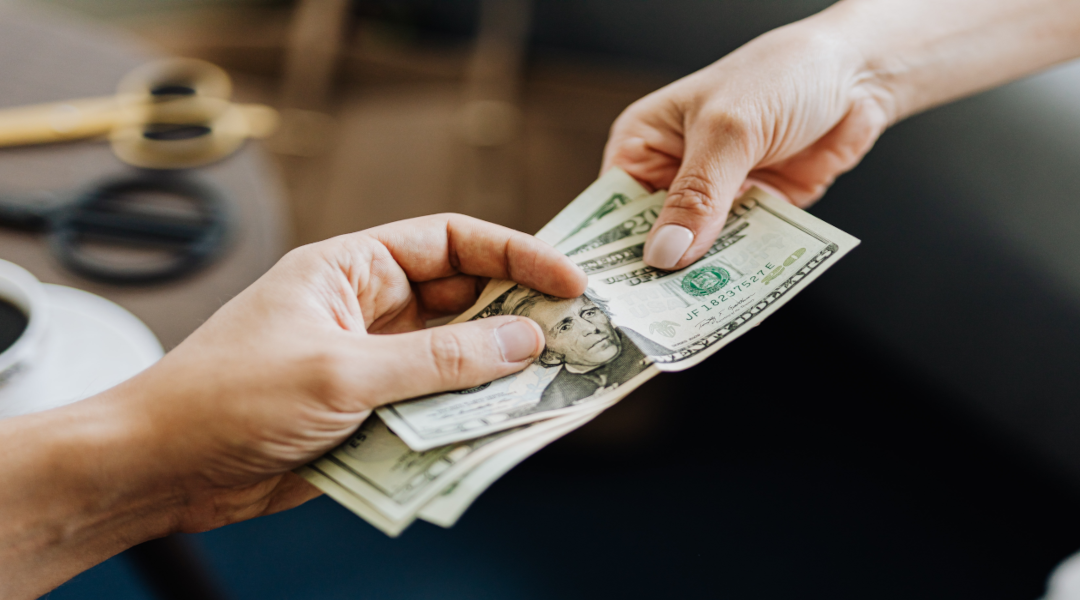The Primary Market is where institutions issue securities and get investor money in return. This article explains the participants and mechanics of the Primary Market.
This article will teach you all basics. You will learn the difference between “buy-side” and “sell-side” and who the acting parties on the Primary Market are.
To put things into perspective, please read the first part of this article series for a quick overview and some definitions.
In the second article, we will closely examine the Primary Market. We will introduce the concept of “buy-side” and “sell-side,” highlight the role of Investment Banking in Primary Markets and look at who are the investors in the primary market.
Introduction
When governments or corporations need financing, they have the option to get investor money in exchange for securities. As we have seen in the introductory article, securities can be debt-based or equity-based.
The Primary Market is a symbolic place, not a physical one. Creating securities and selling them for the first time is called the Primary Market. All subsequent buying and selling of those newly created securities occur in the Secondary Market.
Overview and market participants
Let’s start with the overview and dig down to each participant in the Primary Market:

The first group comprises governments and corporations that want investors’ money and are willing to issue debt or equity in return- let´s call them issuers.
Investment Banks or similar service providers perform the underwriting tasks: they determine the correct issue price. This group of participants is called “Sell-Side” because they work for the side willing to issue and sell.
The third group in this market comprises investors who are willing to buy the issued securities. In the Primary Market, the issuers sell their securities directly to the investors without the need for exchanges (like in the secondary market, which we will cover in the following article in this series).
Participants in this group are usually institutional investors: entities that buy on behalf of their clients. Individual investors, especially retail investors, are less likely to participate in the Primary Market and might even, in many cases, be excluded. Instead, they participate indirectly by providing funds to the players in the Primary Market.
The illustration above shows some typical investors in Primary Markets and the institutions/ groups that provide the necessary funding.
Different types of Primary Markets
Securities can be sold for the first time in different ways:
In the form of Public Issues, securities are sold to everybody eligible. For stocks, for example, you may have heard the term Initial Public Offering (IPO)- that’s when a private company sells shares for the first time and becomes publicly listed (Subsequent Offerings, on the contrary, usually take place in secondary markets).
On the other hand, Private Placements distribute the securities to a smaller group of hand-picked investors.
A Preferential Issue is distributed to specific groups (like employees or investors). The new securities are offered at a particular (usually discounted price) that may differ from the publicly issued ones.
Rights Issues are an offer to existing shareholders to buy more securities at a defined price (also usually at a discount)
Issuing Process in Primary Markets
Let’s do a quick walk of the issuing process. The issuing institution (like a company or a government) chooses an investment bank to provide the underwriting service and general issuing support- for a fee, of course.
The investment bank (in this role, also called “sell-side”) advises the issuer on the best type of securities, price ranges, and timing for the issuance. They then generate the paperwork for the financial regulators. After approval, the sell-side determines the offer price of the security.
At the same time, investment banks provide potential investors (also called “buy-side”) with research and analysis for the security to be issued.
Conflict of Interests
One aspect worth mentioning is a possible source for a conflict of interests on the sell side. On the one hand, investment banks provide underwriting services, determine an initial price and receive money for this service. This part of investment banks is called ECM (for Equity Capital Markets, supporting corporations to issue shares) and DCM (Debt Capital Market, supporting entities to issue bonds).
On the other hand, the same investment banks sell research and analysis of those clients for their buy-side customers- receiving payment for that as well.
So, investment banks serve two groups with different information needs. There is an incentive to present the issuing institution in a positive light to attract more buyers and make the issuing successful- to build a reputation and attract future customers.
Regulators reacted to this CoI by imposing “Chinese Wall”-policies on investment banks to separate underwriting and research departments.
Retail investors in Primary Market
For us, retail investors, the most crucial aspect of primary markets is to know that they are the place where securities are created and the basic knowledge of how they work.
Retail investors are usually not participants in primary markets. One main reason for this is the fact that there is an information disparity between institutional and retail investors. The research services the sell-side provides are usually too expensive for retail investors. Publicly available information is typically biased or of low quality. Thus it is almost impossible to judge the fair value of the issued security.
Another factor, especially true for bonds, is that many institutions target institutional investors. Many bonds’ face value is in the tens or hundreds of thousands of dollars.
Summary
This article explained what the Primary Market is and how it works. Primary Markets are where institutions issue securities and get investor money in return. The securities created and sold here might later be traded on the Secondary Market. We explained the participants and mechanics of the primary market and covered a possible source for conflicts of interest.
In the following article, we’ll dive deep into the Secondary Market.
If you have additional questions or feedback, please leave a comment or drop a mail to feedback@6xfreedom.com

